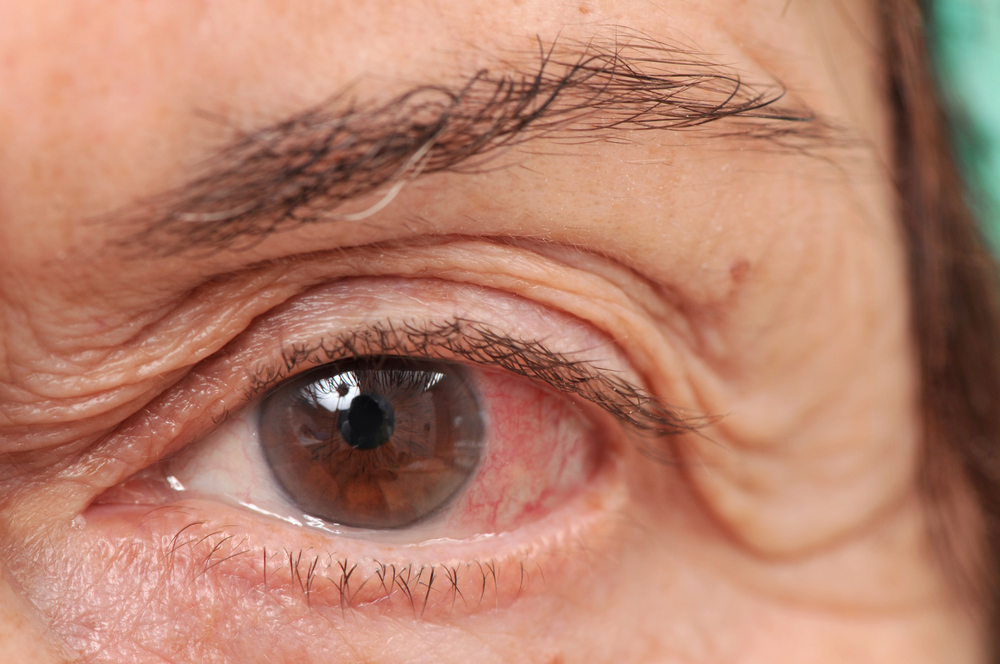
Dry eye syndrome, a condition that plagues numerous individuals globally, manifests due to inadequate tear production or rapid tear evaporation. This syndrome significantly impacts one's quality of life, making everyday activities uncomfortable.
Causes of Dry Eye Syndrome
Among the myriad causes of dry eye syndrome, meibomian gland dysfunction (MGD) stands out as a significant contributor. These glands, nestled within the eyelids, produce the vital oily component of tears, which plays a crucial role in preventing evaporation. When these glands malfunction, the lipid layer of the tear film is compromised, leading to increased tear evaporation and, consequently, dry eye syndrome.
MGD can arise from various factors, including hormonal changes, eyelid inflammation, or bacterial infections. The obstruction of meibomian glands, often due to thickened glandular secretions, is a common manifestation of this dysfunction. This obstruction not only reduces the oil available for tears but can also lead to inflammation and irritation of the eyelid margins.
Signs and Symptoms of Dry Eye Syndrome
Chronic redness, a common and visible sign of dry eye syndrome, is but the tip of the iceberg. This persistent redness, often accompanied by a burning sensation, underscores the irritation and inflammation characteristic of the condition. However, the spectrum of symptoms extends far beyond this outward manifestation.
Individuals with dry eye syndrome frequently report a gritty sensation, as if foreign particles are lodged within the eye. This discomfort, coupled with episodes of excessive tearing, paradoxically signals the eye's desperate attempt to compensate for the lack of moisture. Additionally, blurred vision and increased sensitivity to light are symptoms that not only disrupt daily activities but also indicate the severity of the tear film imbalance.
When to See an Optometrist for Dry Eye Syndrome
Recognizing the right time to seek professional help is a pivotal step in managing dry eye syndrome effectively. If you experience persistent redness, discomfort, or any of the aforementioned symptoms that disrupt your daily life or compromise your vision, it’s imperative to consult an optometrist. Early intervention not only alleviates symptoms but also addresses any underlying issues, preventing further complications.
An optometrist will conduct a comprehensive eye examination, utilizing specialized tools and tests to diagnose dry eye syndrome. This examination is crucial, as it not only confirms the presence of dry eye syndrome but also identifies any coexisting conditions that may be contributing to your symptoms.
Your optometrist can tailor a treatment plan to your specific needs, incorporating lifestyle adjustments, medication, or procedures to improve tear quality and eye comfort. Regular follow-ups ensure the effectiveness of the treatment plan and provide an opportunity to make adjustments as needed, highlighting the importance of professional guidance in managing this chronic condition.
Schedule Your Dry Eye Evaluation with City Eyes Optometry Center Today
Living with dry eye syndrome requires an understanding of the condition, recognition of its symptoms, and a proactive approach to management. While chronic redness may be a visible sign, the condition encompasses a wider array of symptoms, each impacting individuals differently. Acknowledging the multifactorial nature of dry eye syndrome is essential, as it guides the pursuit of a personalized and effective treatment strategy.
If you are grappling with symptoms of dry eye such as ocular discomfort or redness, visit City Eyes Optometry Center at our office in Sherman Oaks, California. Call (818) 960-1300 to schedule an appointment today.



